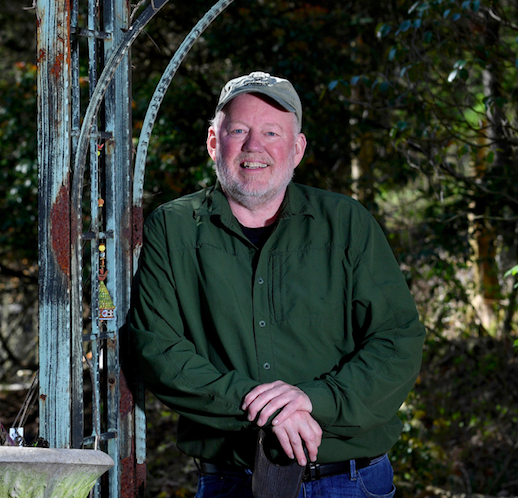Get 5 Harvests by Growing Your Own Garlic
Pittsburgh garden expert Doug Oster joins us to talk about growing garlic, getting 5 harvests—and the recipes from his Garlic is Love presentation
Ever thought you could get five garlic harvests from your garden?
Today on the podcast, garden expert Doug Oster joins us from Pittsburgh, PA to talk about growing and cooking with garlic.
Oster, who loves growing and cooking with garlic, shares his love of garlic by taking seed garlic to friends…earning him the nickname “Dougy Garlic Seed.”
Oster recently gave two presentations about garlic at the Virtual Tomato and Garlic Days hosted by Phipps Conservatory:
How to Get Five Harvests from Growing Your Own Garlic
Garlic is Love
5 Garlic Harvests
Oster explains that there are 5 possible harvests when growing garlic.
Garlic greens in the spring (he says that his family is alerted to their arrival because they can smell it on his breath when he comes in from the garden)
Garlic scapes, which grow on hardneck garlic varieties (these are removed so that the plant directs energy to the bulb—and make a great pesto)
The small bulbils, which grow at the end of the scapes (Oster doesn’t leave the scapes on the plant; he explains that scapes that are picked and left continue to grow the bulbils…so he leaves a few in the garden and snacks on bulbils while working in the garden)
Uncured fresh garlic, which he harvests before the papery husk is fully developed
The main garlic harvest
Garlic is Love
In his Garlic is Love presentation, Oster prepared two recipes—in which he used 100 cloves of garlic!
Garlic Elixir, which has 50 cloves of garlic, lemon juice, and chopped olives
Ultimate Garlic Linguine, which has 25 roasted garlic cloves, 25 sauteed garlic cloves, olive oil, and herbs
Doug Oster’s Tips for Growing Garlic
Start with the right garlic: either seed garlic or garlic from a local farm (not store-bought garlic, which might be a variety better suited to another area—or might be treated with something to inhibit growth)
Plant at the right time for your area (if planted too soon, it might sprout too early)
Amend soil with a generous amount of compost
Cover with a thick layer of straw in the fall to prevent sprouting

